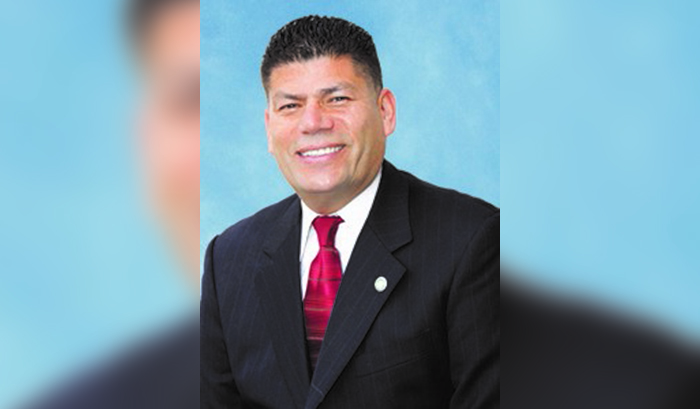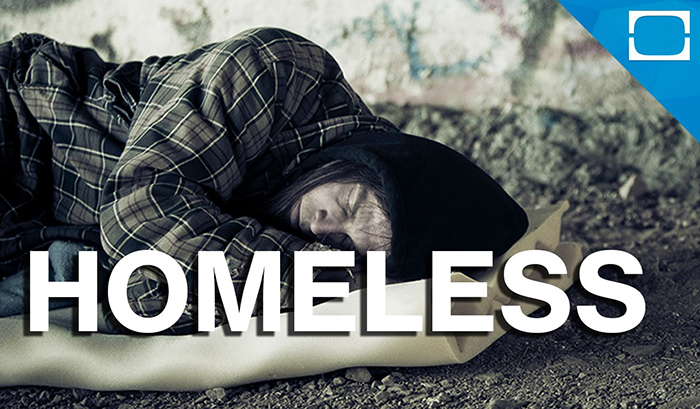Flanked by his fellow founders, the president of the recently organized Student Union at Culver City High School is scheduled to meet with a team of administrators on Thursday to negotiate a reversal of Culver High’s ban on cell phones and ipods during break times.
As is frequently the case when students are matched against school authorities, the field appears slightly tilted, to about a 90-degree angle.
Upon further inspection, though, it may be much closer to dead-level.
Here is why:
Cerebral and ambitious, the first-year Student Union, led by President Jonathan Abboud, is the exact antithesis of a rag-tag band of protestors storming into the Principal’s office, aching for a red-faced showdown.
With the soft-spoken Mr. Abboud establishing a mellow mood, the noonday summit more closely may resemble an assembly of peers.
The prohibition was implemented four years ago for at least two worthy reasons, Mr. Abboud concurs:
A Different Student Body Now
• Because virtually the entire 2100-member student body seemed to be electronically linked, there would be sudden mass movements across campus toward fights that broke out, and
• Phones were utilized to drug-using students of impending danger, namely approaching adults.
Because the entire student body has turned over since the prohibition was instituted, the senior student activists believe the new generation deserves at least a trial period.
It was Mr. Abboud’s idea to try and flip the policy. After forming the Student Union at the beginning of the school year, “we felt our first act should be a major one because we wanted to show students that change can be accomplished. They are not completely powerless.
“This policy also is something that is on everyone’s mind. It would attract people, and we could make a big deal out of it.”
But, he admits, “nothing has happened so far.”
The central issue is as prosaic as tap water.
In different hands, the student cause might have wilted in an early stage.
But three of them have persisted.
Mr. Abboud and fellow Student Union officers Anna Bermudez and Gilmar Rosas have converted the past six months into a sophisticated learning experience in the art of negotiation.
They have constructed a sophisticated latticework of strategy that has impressed others and, they hope, the Culver High administration.
“In our struggle with the administration to acquire the privilege of using our phones and ipods during break time at school,” says Mr. Abboud, “we are just asking for a trial period with restrictions. And they are just not giving it us.
Here is his chronology of events:
“September: The Student Union is formed. Our first issue was to deal with the Electronics Policy. The first petition was drafted at this time, and got around 300 signatures.
“January: After stalling, we decided to revamp efforts. We rewrote the petition and planned a rally at the end of January. The petition start circulating on Jan. 11. By the rally on Feb. 4, we had 826 signatures.
“February: We met with the entire administration.
“We tried to negotiate a deal with them, one being to give us a chance with a trial period. At this point, we were asking for an entire removal of the policy during non-class time.
“They told us they couldn't trust us, and that there will be many problems the moment the trial starts. We were told to come up with a solution that would keep the campus problem free and the students happy. This is next to impossible.
“We came up with a plan. But the administration was quoted in the school newspaper saying they were unwilling to agree to any compromise.
“Our current strategy is to ask teachers, clubs, and organizations to submit letters pleading for the administration's trust and for a trial period implementing our reforms. So far 12 clubs or teachers have agreed to submit letters with more to come.”






